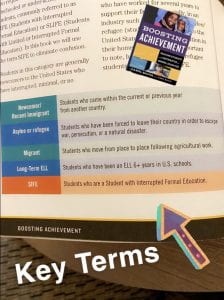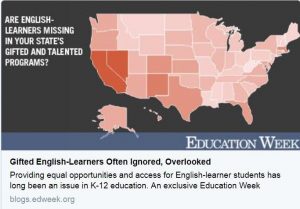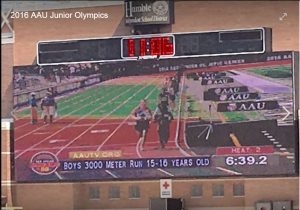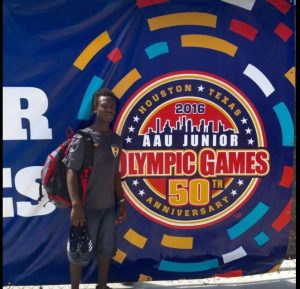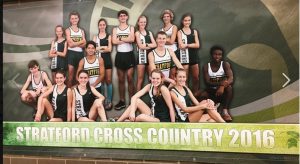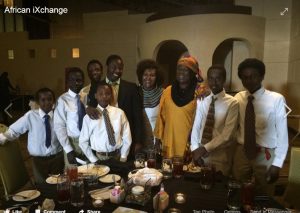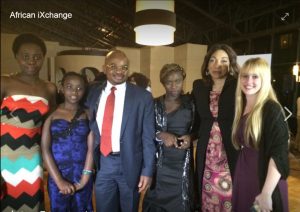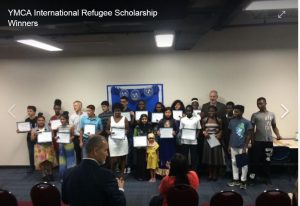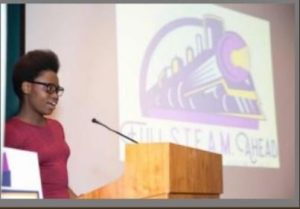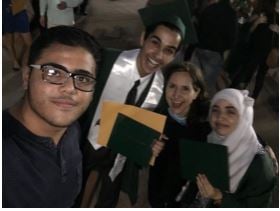The Youtube LIVE Hangout for Week 2 should be viewable here on Tues Jul 18 @ 7:00pm Central. Participants in the book study who wish to talk to each other live are using this platform as a way of collaborating beyond the Twitter slow chat:
The weekly Youtube Live Hangout is fun and worth watching to help sythesise the information in our 5 week study of Boosting Achievement. The rest of the links for the book study are at the bottom of this post.
WHO ARE S.I.F.E?
Below are two videos to consider as we attempt to answer the question: “Who are SIFE?”
(Resources specific to Week 2 of the Book Study are at the end of this post.)
These are two videos of the same Student with Interrupted Formal Education. Nabil had no native language literacy and even after weeks of choral reading and foundational literacy practices, he refused to believe that he could read anything. His own fixed mindset was our biggest obstacle.
Watch the first 3 min video to see how we got literacy off the ground with Nabil.
All of these students are SIFE. Watch this 5 minutes to see how much Nabil could read a few months later and learn more about who Nabil REALLY is:
So again… Who are S.I.F.E?
The Jargon
Last week we defined S.I.F.E. as students who have interrupted or minimal education. But there are many other labels that can be confusing for people new to this demographic. Here are a few key terms and a short description of each:
Teachers know how important it is to understand this vocabulary. Some of the labels carry special provisions or legal obligations for accommodations. Undoubtedly, we should know which of our students are identified as SIFE. One reason is that it would be wrong to assume that all non-English speakers are SIFE, or somehow below level. This is a common problem because the lack of language causes a person to be perceived as having less knowledge than those who can speak about a given subject.
Confusion
And what about the words in the acronym S.I.F.E? The word “Interrupted” doesn’t quite cover it if I was born in a refugee camp and arrived in a formal school setting at the age of 15. The words “Limited” or “Minimal” evoke strong feelings for some English Learner (EL) advocates who feel that they are detrimental to the students. These feelings have merit as studies are showing that labels are affecting how some teachers perceive language learners. This EdWeek article goes further into that:
Inspiring International Students
I tried calling these learners “International Students” for a while with teachers. We still do that in our larger school setting because they are absolutely international students and that is how they should be regarded by their peers! For example, p. 5 of the Feb 2017 Stratford High School newspaper. 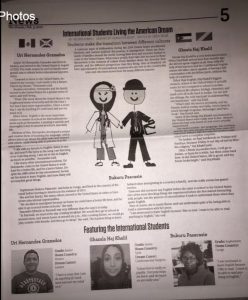 Ms. Robayo, a journalism student, did a flattering piece on our newcomers. Of note is that one of these students highlighted in the article spent 11 years in a refugee camp with no running water or electricity. (That student passed the Algebra End of Course exam her 2nd year in US schools, by the way, but I digress.)
Ms. Robayo, a journalism student, did a flattering piece on our newcomers. Of note is that one of these students highlighted in the article spent 11 years in a refugee camp with no running water or electricity. (That student passed the Algebra End of Course exam her 2nd year in US schools, by the way, but I digress.)
I love identifying the students this way but teachers need explicit terms to understand what interventions and support a SIFE student might require. If we take the words limited or minimal out of descriptors, we run the risk of confusing education professionals that seek support to serve ESL students.
While I think there is value in finding labels that lift students up vs. bringing them down, I don’t think the answer for our SIFE lies in changing the acronym (again). In fact, to play devil’s advocate, a challenging circumstance can be the very thing that propels a person to achieve MORE.
For example, many of my refugee students (some who are SIFE) take strength in the label of “refugee.” A mantra in our class is “We can do more BECAUSE we are refugees” or “We can do more BECAUSE we are immigrants.” Consider that Albert Einstein was a refugee. Heck, both Jesus and Mohammad are included as “famous refugees” on this list.
As educators, we have the power to offer alternative ways of dealing with challenges. I don’t advertise who is SIFE in my class but I do conference with students individually and I make sure they know that every cloud has a silver lining. What they were learning when they were away from school will benefit them and benefit our class.
We can inspire our students to draw upon the strength and optimism of others. They can benefit from Nabil’s story above and from that of Emily Francis & Tan Huynh who are education heroes who prove that you can become more than your label.
In fact, the label can be what propels you.
RESOURCES SPECIFICALLY for WEEK 2 of the BOOK STUDY
Think back to the introduction of the book. You remember the chaotic class of African refugees at the middle school? Nabil, mentioned above, was in that class and the videos above are from that class as well. Below are photos (Scroll all the way down for pictures) of just a few more of the many successes realized by those scholars later that school year. Ask anyone who was employed in my district that year. The group had a reputation of being unteachable, unmanagable. Their situation seemed almost hopeless. Looking back, it seems that quite the opposite was true. They not only learned to “do school” their stories have become the hope for so many!
PHOTOS! Who Are the SIFE & Refugee Students I Describe in the Introduction of the Boosting Achievement Book?
We are still finding out!
At the end of the introduction, I describe a conversation I had with Francies. He is the student who tells me about losing his mother. Francies ran in the AAU Jr. Olympics that Summer and came in 17th in the nation. (Thank you Family Point Resources Outreach Center!)
Francies now runs for our High School track team. (The Stratford High coaches support literacy efforts by having him read before training!)
The class attended African iXchange and met Nelson Mandela’s granddaughter pictured here with the students and other African dignitaries.
Seven of our SIFE scholars won scholarships from the YMCA for the writing they did in the video above. Our class won 1/3 of all scholarships awarded that year.
Noella reads another 500 word essay to thousands of people at the Junior League in Houston in support of Young Audiences and Arts in Education.
Young Audiences partnered with our school to offer lessons from Impande Ye Africa and the students performed with them in the Carnival Houston Street Parade that summer.
We had a great year. More of it can be seen here: bit.ly/OurFirstYear. To be sure, we had many, many challenges and sometimes I felt like literacy was not moving at all. But they did begin reading and many skipped several years in reading levels. These scholars taught me and my partner teacher, Ms. Dierschke, that getting to know them… really getting to know them.. was key in valuing who they are as people and then helping them realize what is possible.
Also, an update on Osama, from p. 22. He was not SIFE but he was being mistaken for an off level learner because of his initial testing scores when he arrived this school year as a refugee non-English speaker. He is the one in the cap & gown with me here:
I’m excited for parts 2-4 of the book where we get into specific strategies that boost achievement for SIFE. But I bet you can see many here already.
Whether you have the book or not, the post above, the way the questions are phrased, and these resources should help you interact quite a bit with our online book study happening July 9 – August 12th.
Here are the week 2 questions but you can also find them on the BOOK STUDY LANDING PAGE along with the questions for every week of the study.
WEEK TWO QUESTIONS (Answer some of these, all of these or none of these. We welcome all ideas, reflections & insight!)
- 2Q1) p. 12 “…not all refugee students are SIFE.” Do you think this is a common misconception? How can we help change that perception?
- 2Q2) p. 13 “…teachers need to be prepared to teach language, in addition to content, to maximize English language development.” What is your best advice for content teachers who are new to SIFE?
- 2Q3) p. 15 Every Student Has a Story: These are just some examples of a newcomer backgrounds. Are your students’ backgrounds similar or different than these?
- 2Q4) p. 16-p.18 What are additional ideas for making students feel instantly welcome? Or why do you like some that are mentioned here?
- 2Q5) Use the QR Code on p. 18 or visit bit.ly/deskolympics to analyze the 2-minute video of Carol’s newcomer classes. There are brand-new classmates, SIFE and also students with special needs in these classes. That said, it took only 15 minutes for the class to be able to rearrange desks in under 30 seconds. Why is this video important? (ie: implications for cooperative learning, classroom culture, expectations for diverse learners, or anything that is significant to you.)
- 2Q6) p. 19-21 only scratch the surface of Culturally Responsive Teaching, a very hot topic in education right now. What would you add to this? Or what part resonated with you and why?
- 2Q7) p. 22-23 Osama is a refugee in his 1st year in US schools. He was not SIFE but he appeared delayed in math, initially scoring at a 7th grade level in placement tests. Update: His math teachers used sheltered instruction, he finished the year passing Pre-Calculus, graduating, and he received scholarships to attend college this fall. How can you use Osama’s story? Could it guide you in your role as you work with ELs, other professionals or any type of learner?
- 2Q8) p. 25 – 31 offer examples of different methods a district, a school or a teacher might use to gather information about newcomers and learners who are SIFE. Are any of these realistic in your role? If not, what other means can you share?
Please message me to participate in this week’s Google Hangout. I will add the link here when it is recorded.
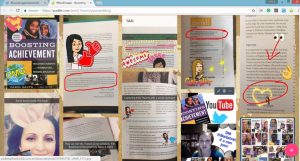 Be sure to add to the Boosting Achievement Padlet and read through it to get a sense of how folks are synthesizing what they read. It should deepen learning for all of us!
Be sure to add to the Boosting Achievement Padlet and read through it to get a sense of how folks are synthesizing what they read. It should deepen learning for all of us!
BE BRAVE and record 90 seconds of reflection to the flipgrid! Just hearing thoughts from others and adding your own will boost our own abilities to serve SIFE students.
